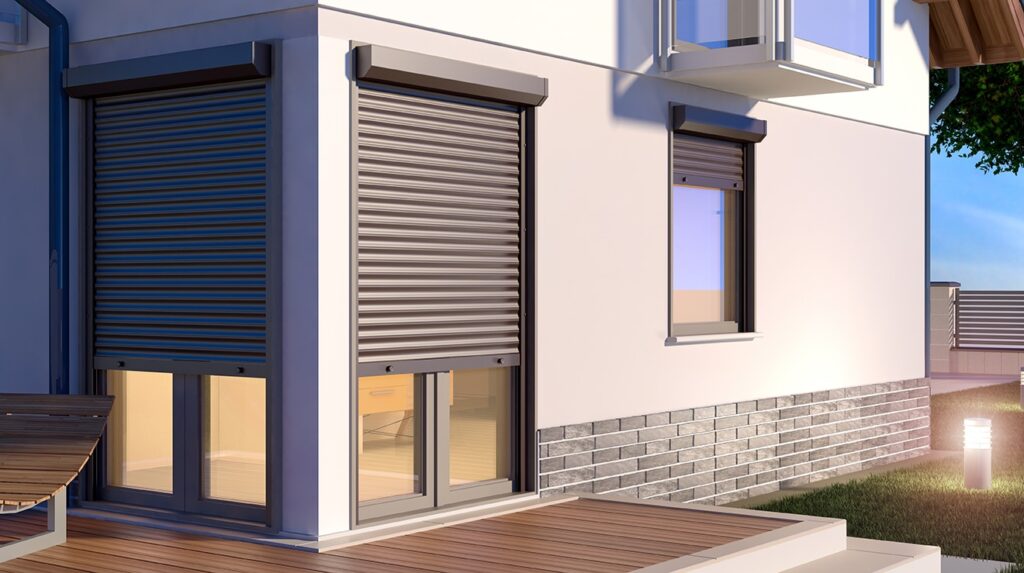Do you enjoy taking candid photos, perhaps out and about in the city, at parties or even at home? If so you probably try to take your camera with you wherever you go, always ready for that picture opportunity. This means your camera might be in the glove compartment or in a backpack and using it requires taking it out, powering it up and finally shooting. Yet when you finally have the camera in your hand, you aim, you squeeze the قیمت انواع کرکره برقی release and….. you wait. When the screen eventually clears, you have a great shot of the background, but your subject is nowhere on the scene. So what happened?
Shutter lag is what happened! So what exactly is shutter lag? It’s the delay digital cameras experience between the instant when you press the shutter release button to when the photo is actually recorded. This is particularly frustrating since this problem did not seem to exist with film cameras, which utilize a mechanical shutter release.
To understand what causes shutter lag you have to understand how a digital camera captures an image. Simplifying it as much as possible, the process includes:
This all takes time. Depending on the on-board computer of a particular camera it could take from a couple of hundred milliseconds up to almost a half second. On average, the more expensive the digital camera, the shorter the shutter lag is. Professional cameras have hardly any shutter lag at all. This is simply due to the use of faster processors and more efficient electrical design.
Now for the good news (finally!). It is possible to reduce shutter lag substantially, by several magnitudes, without trading in your camera. It costs absolutely nothing and will make you a better street photographer. Here’s how:
What? That’s it? Yes, that’s it. Digital cameras generally use a two stage shutter release button, let’s call them Stage 1 (S1) and Stage 2 (S2), each of which has different functions. S1 usually requires that you press the shutter release button halfway while focusing on your subject. You maintain the shutter release at S1 state, with your subject already pre-focused, while you recompose your photo, or wait for whatever you are waiting for, and then you press down fully on the button, capturing the image. It goes without saying that the subject must stay within the focus range selected during S1 when the image is eventually captured.
So what is S2? That’s when you simply aim your camera and press the shutter release all the way down, bypassing S1 (and encountering long shutter lag times). To demonstrate how effective this is, I have gathered data from three different independent camera reviews, which tested models for both S1 and S2 shooting times. Some reviewers may call it pre-focusing or something similar, but the data is almost always available in a thorough review.

More Stories
What to keep in mind before buying and selling property
Exploring Excellence: Top Architects in Florida
Measuring and improving the performance of a website